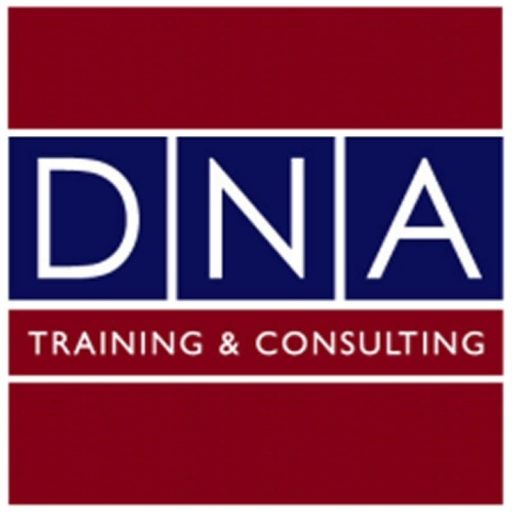SEMINAR LENGTH
4 days
SUBJECT FOCUS/CONTENT
-
Outline of principal terms of a securitization, including pooling; credit enhancement; creation of special purpose issuer (“SPI”), and distribution of securities. The role of the rating agencies, and the process of achieving a high credit rating. Use of options, swaps and other derivatives to eliminate interest rate, currency and commodity risks.
-
Analysis of regulatory capital rules under the BIS framework. Examination of rules specific to securitization, including the means of achieving off-balance sheet treatment, the permissible forms of recourse and the treatment of investments in asset-backed securities.
-
Analysis of accounting rules governing the achievement of sale treatment under IAS and the avoidance of SPI consolidation. Brief overview of important legal and tax issues, including perfection of security interest in assets; negative pledge considerations, and bankruptcy laws.
-
Analysis of bank-issued securitization transactions: mortgage, auto and credit card securitization. Benefits derived by banks from securitization, including credit risk transfer, GAAP advantages, capital relief under RAP, diversification of investor base, and elimination or reduction of interest rate and prepayment risk for fixed-rate loan portfolios.
-
Asset-Backed Commercial Paper programs, including an extensive review of rating criteria relating to asset diversification, credit enhancement and liquidity.
-
Banks as arrangers: Comparison of transactions involving existing assets v/s future flows. Analysis of risks borne by investors, especially on transactions rated less than AAA.
-
Collateralized bond and loan obligations and credit derivatives: repackaging credit-sensitive instruments to achieve optimal RAP treatment and to transfer risk to third parties. Brief overview of credit derivatives and the use of securitization techniques. Extensive review of some recent landmark transactions.
-
What can go wrong: insufficient due diligence; fraud by the originator; risks of early prepayment; litigation from unhappy investors.
PARTICIPANT OBJECTIVES
This program is designed to develop a thorough understanding of securitization technology and its benefits from a financial, legal, accounting and regulatory perspective.
By the end of the program, participants will be able to:
-
Talk more comfortably about the risks and benefits of securitized products.
-
Develop a thorough understanding of the accounting, legal and regulatory treatment of securitization transactions in both the OECD markets and the emerging economies.
-
Identify domestic opportunities that lend themselves to securitization, and evaluate the principal strengths, weaknesses and potential obstacles of completing the transaction.
-
Analyze a securitized bond for purposes of determining whether it represents fair value as an alternative to a more traditional fixed-income investment.
-
Learn to work with lawyers, accountants, treasury staff and rating agencies in achieving the highest possible credit rating for a potential securitization deal.
METHODOLOGY
Lectures, presentations, discussions, research reports, and case studies. To the extent desired, the program can be tailored to focus principally on instruments available in the domestic or regional markets, or alternatively to take into account the broader securitization markets around the world. Participants will be asked to prepare a presentation involving a potential securitization transaction and will be required to outline the principal pros and cons of the selected transaction.

